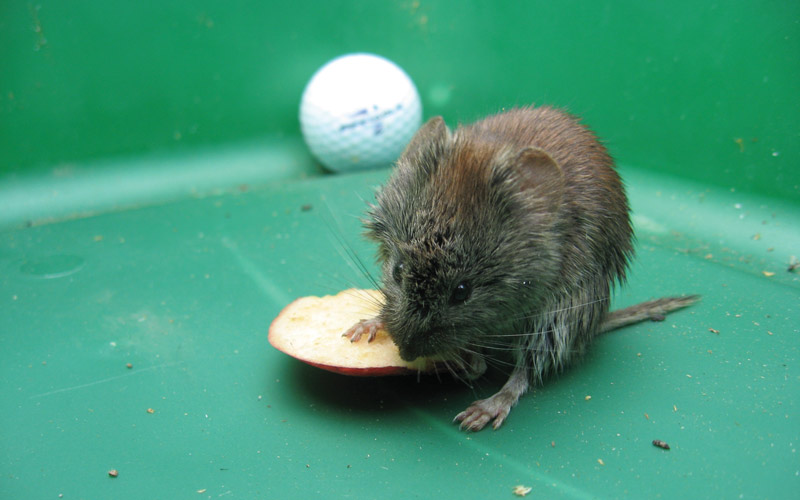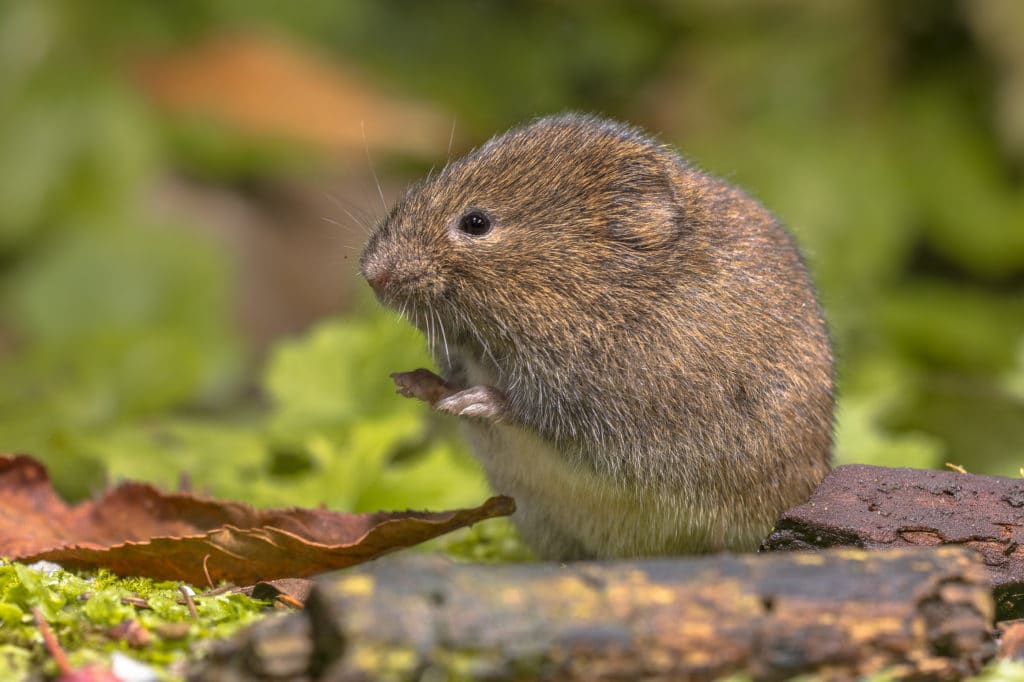Vole Control Tips to Protect Your Lawn and Gardens
Vole Control Tips to Protect Your Lawn and Gardens
Blog Article
Grasping Vole Pest Control: In-depth Insights on Infestation Prevention and Treatment Strategies
As residential or commercial property proprietors and caretakers, the presence of voles can present a significant difficulty to keeping the integrity of our exterior areas. Recognizing the complexities of vole habits is vital in establishing reliable parasite control techniques. By identifying the subtle indications of vole infestation beforehand, we can take proactive actions to stop prevalent damage. In this discussion, we will certainly explore the subtleties of vole actions, explore the identification of problem indicators, and uncover the most effective prevention and therapy methods. Stay tuned to uncover the insights that will certainly encourage you to understand vole pest control and protect your building versus these evasive rats.
Understanding Vole Actions
Analyzing the foraging patterns of voles supplies important insights right into their actions and habitat choices. By observing their foraging actions, scientists can gain a much better understanding of where voles favor to establish their habitats and the degree of their environmental influence.
Study indicates that voles exhibit careful feeding routines, favoring roots, seeds, and bulbs. This nutritional choice affects their foraging patterns, leading them to locations abundant in vegetation and ground cover. Additionally, voles are known to produce fancy tunnel systems for foraging and nesting functions, suggesting a high degree of versatility to their environments.
Comprehending vole habits is crucial for applying targeted parasite control actions that interrupt their environment preferences and foraging activities (vole pest control). By studying their behavior, specialists can create extra efficient prevention and treatment approaches to take care of vole invasions

Identifying Indications of Vole Infestation
Vole infestations can be identified by identifying particular indicators of their visibility in an area. Among one of the most common indicators of a vole problem is the existence of surface paths. Voles produce networks of narrow paths on the ground that are usually about 2 inches broad. These paths are typically found in verdant areas or under mulch or ground cover where voles can move easily and look for food.
One more key sign of vole infestation is the presence of little burrow openings in the ground. Voles dig superficial burrow systems with several entries and exits. These burrows act as shelter and nesting websites for the voles. Additionally, voles are understood to leave chewed plant stems, origins, and light bulbs near their burrow openings, suggesting their feeding task in the area.
In addition, vole droppings can also symbolize their visibility. Vole droppings are small, brown, and round fit, resembling grains of rice. Discovering these droppings along paths or near burrow openings can validate a vole infestation. By being attentive for these indicators, homeowner can quickly attend to vole problems and prevent additional damages.
Carrying Out Aggressive Avoidance Actions

Furthermore, utilizing natural vole deterrents like castor oil-based repellents or predator pee can serve as reliable safety nets. It is also a good idea to frequently inspect outside rooms for any indications of vole task, such as runways or tunnel openings, to address prospective problems quickly. vole control. By embracing these aggressive avoidance techniques, homeowner can substantially reduce the possibility of vole damage and keep the wellness and looks of their landscapes
Effective Treatment Methods
Integrating targeted trapping approaches and using approved rodenticides are essential parts of reliable therapy techniques for managing vole problems. Routine monitoring and upkeep are also vital elements of successful therapy techniques to ensure that vole populaces are kept under control. By incorporating capturing, rodenticides, habitat adjustment, and consistent surveillance, reliable vole bug control can be achieved.
Surveillance and Maintenance Tips
Keeping a methodical schedule for surveillance and carrying out regular maintenance tasks is essential to maintain the efficiency of vole pest control steps. Regular tracking permits the early discovery of vole task, enabling timely treatment before invasions get worse. To efficiently keep an eye on vole populaces, strategically put catches can be used in vole paths or near burrow entrances. By on a regular basis examining these traps, homeowner can assess the level of vole task and adjust control methods as necessary.
Furthermore, maintaining a clean and well-kept landscape is crucial in vole prevention. Clearing up away debris, such as heaps of wood or dense plants, eliminates prospective vole environments. On a regular basis mowing grass and trimming vegetation helps in reducing vole concealing spots and lessens their access to food sources.
Moreover, ongoing maintenance of physical obstacles, such as fences or cord mesh, is important to stop vole breach. Examining and repairing any type of problems to these frameworks makes sure that vole control remains efficient in safeguarding buildings from invasions. By incorporating these surveillance and upkeep practices into a thorough vole parasite control plan, people can successfully manage vole populaces and secure their homes from damages.
Final Thought
To conclude, understanding vole insect control calls for a solid understanding of vole actions, the capability to identify indications of problem, carrying out proactive prevention actions, efficient therapy techniques, and regular tracking and upkeep. By taking a comprehensive technique to vole control, individuals can successfully take care of and avoid problems, ultimately securing their home and bordering environment from damage created by these small rodents.
In this discussion, we will certainly explore the nuances of vole habits, dive into the identification of invasion indications, and uncover the most effective avoidance and therapy methods.Integrating targeted capturing approaches and utilizing authorized rodenticides are necessary parts of effective treatment methods for taking care of vole infestations. To efficiently keep an eye on vole populaces, purposefully placed traps can be utilized in vole runways or near vole pest control burrow entrances. Examining and fixing any type of problems to these frameworks makes certain that vole control remains effective in protecting residential properties from problems. By including these monitoring and maintenance practices into an extensive vole insect control plan, individuals can efficiently take care of vole populations and safeguard their residential properties from damages.
Report this page